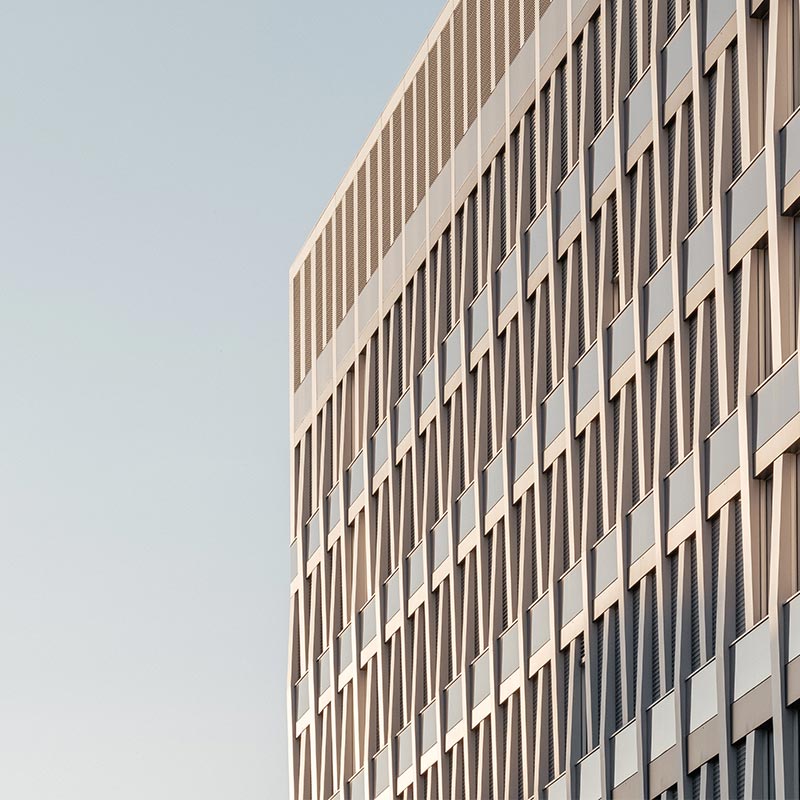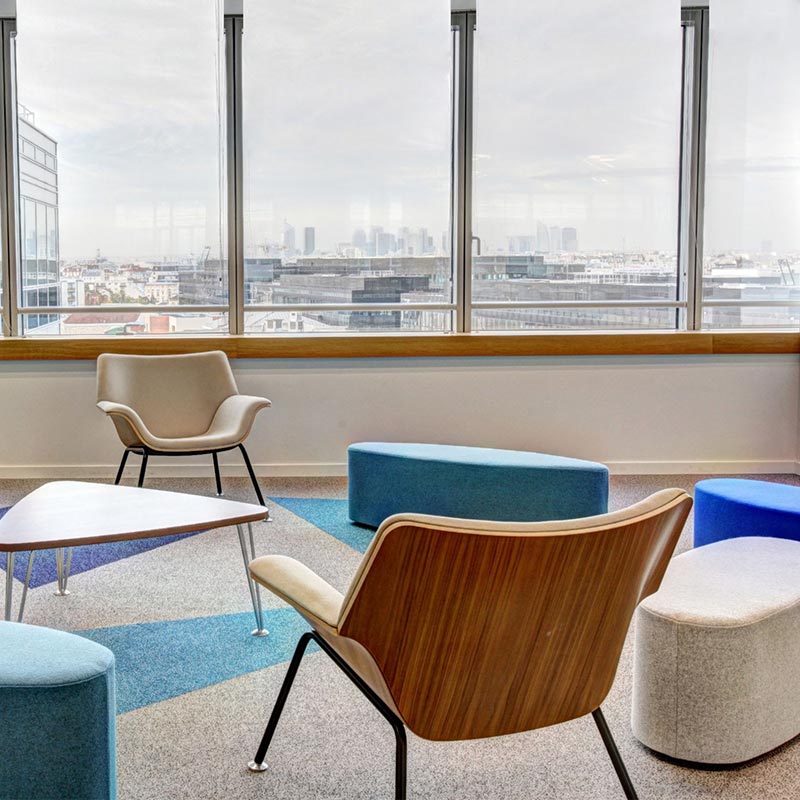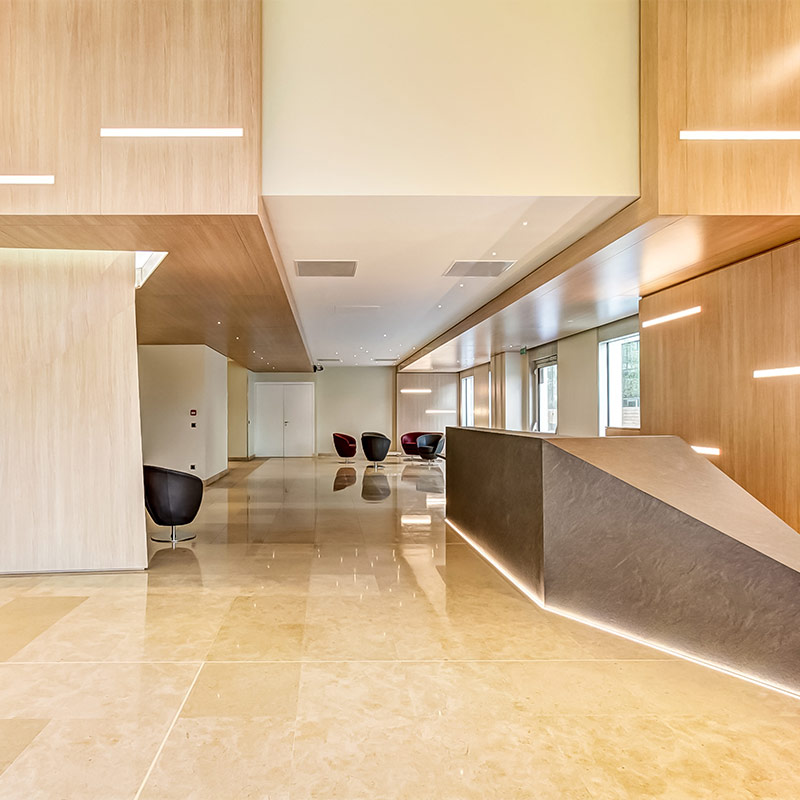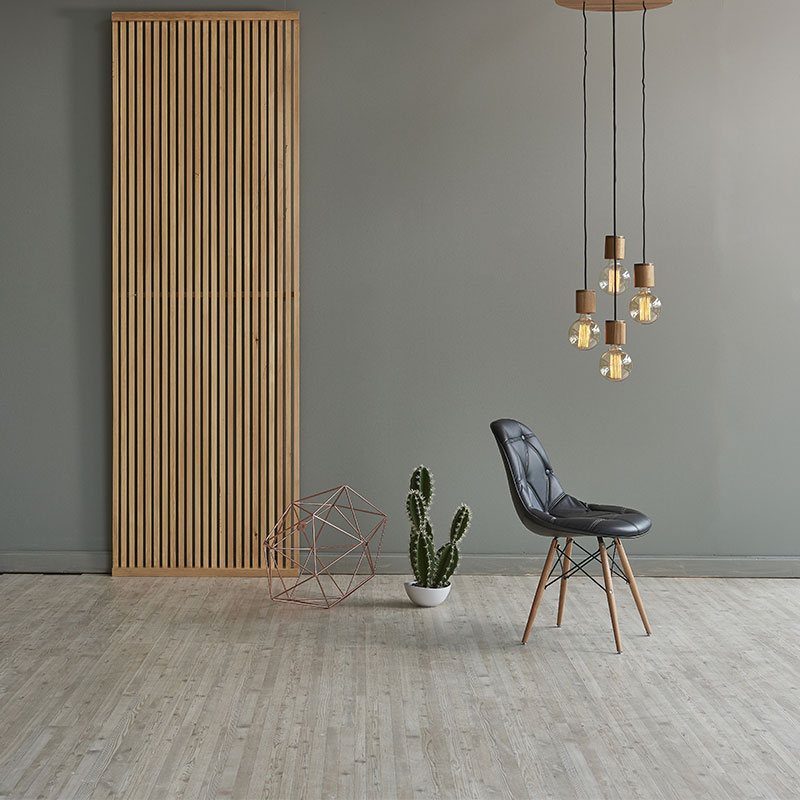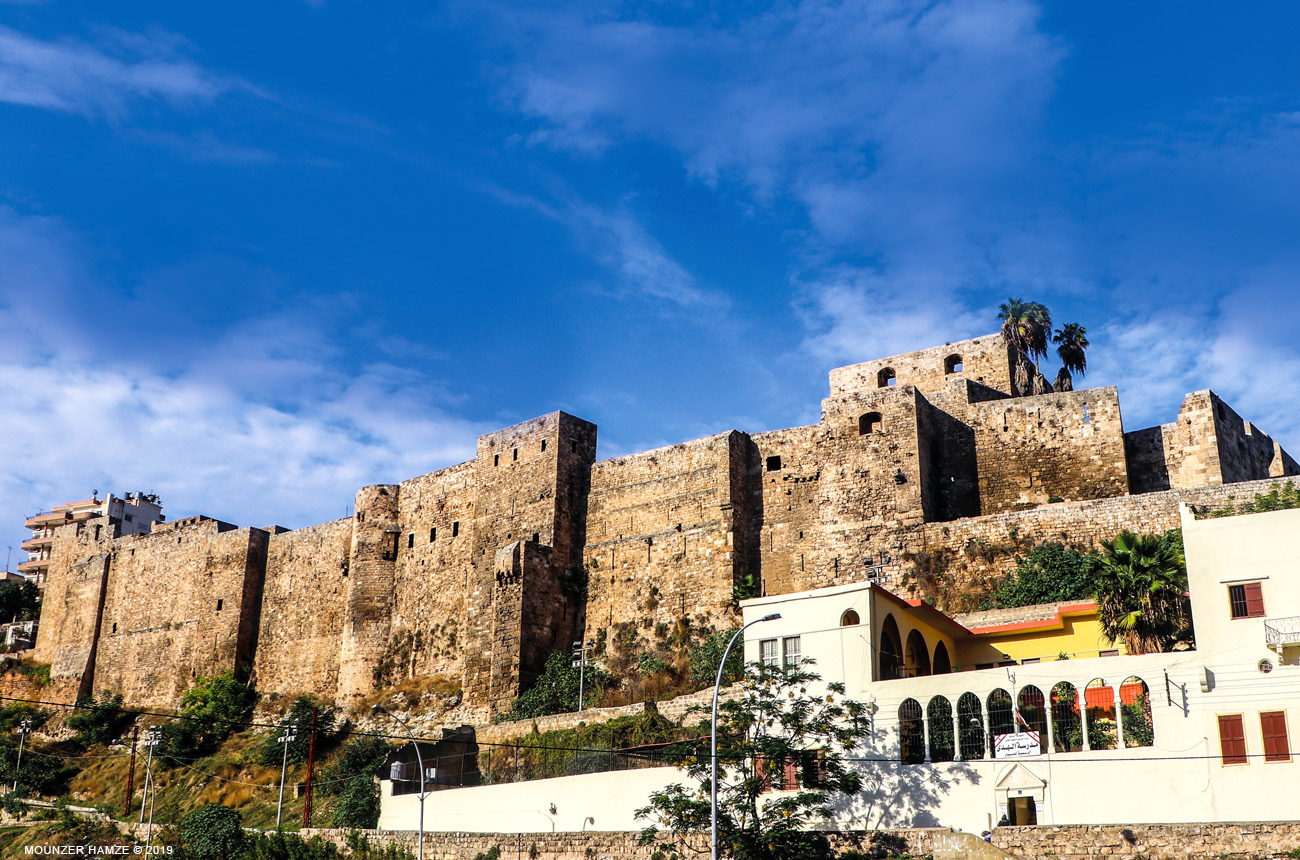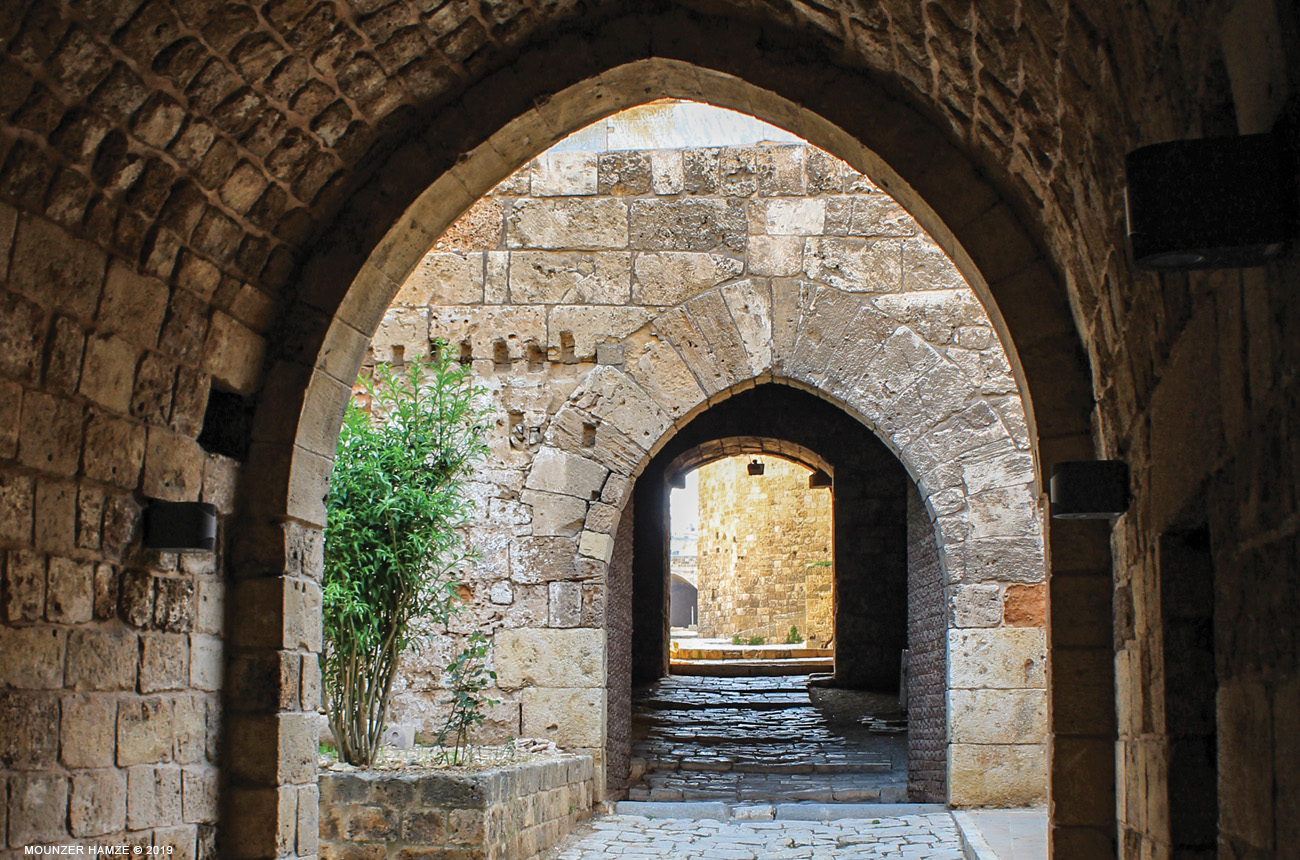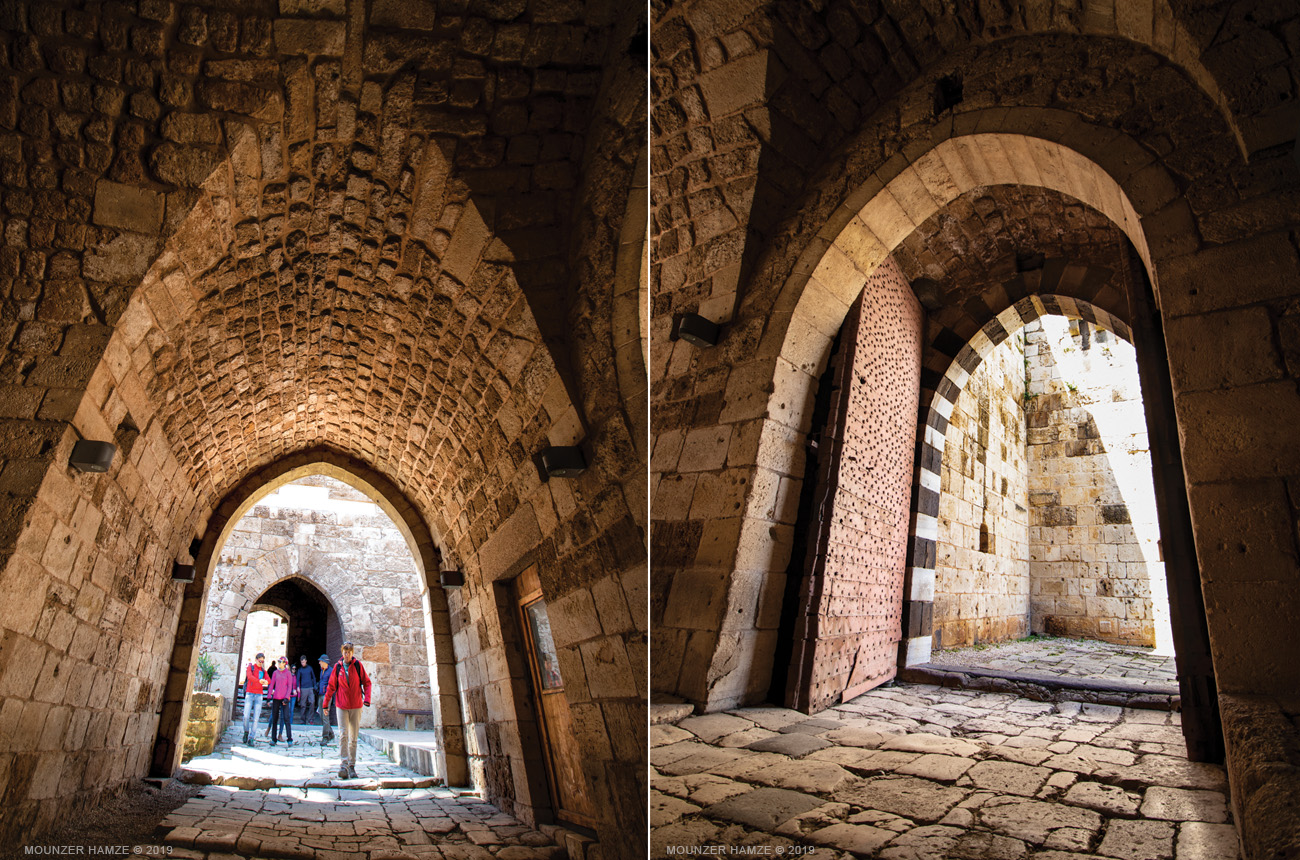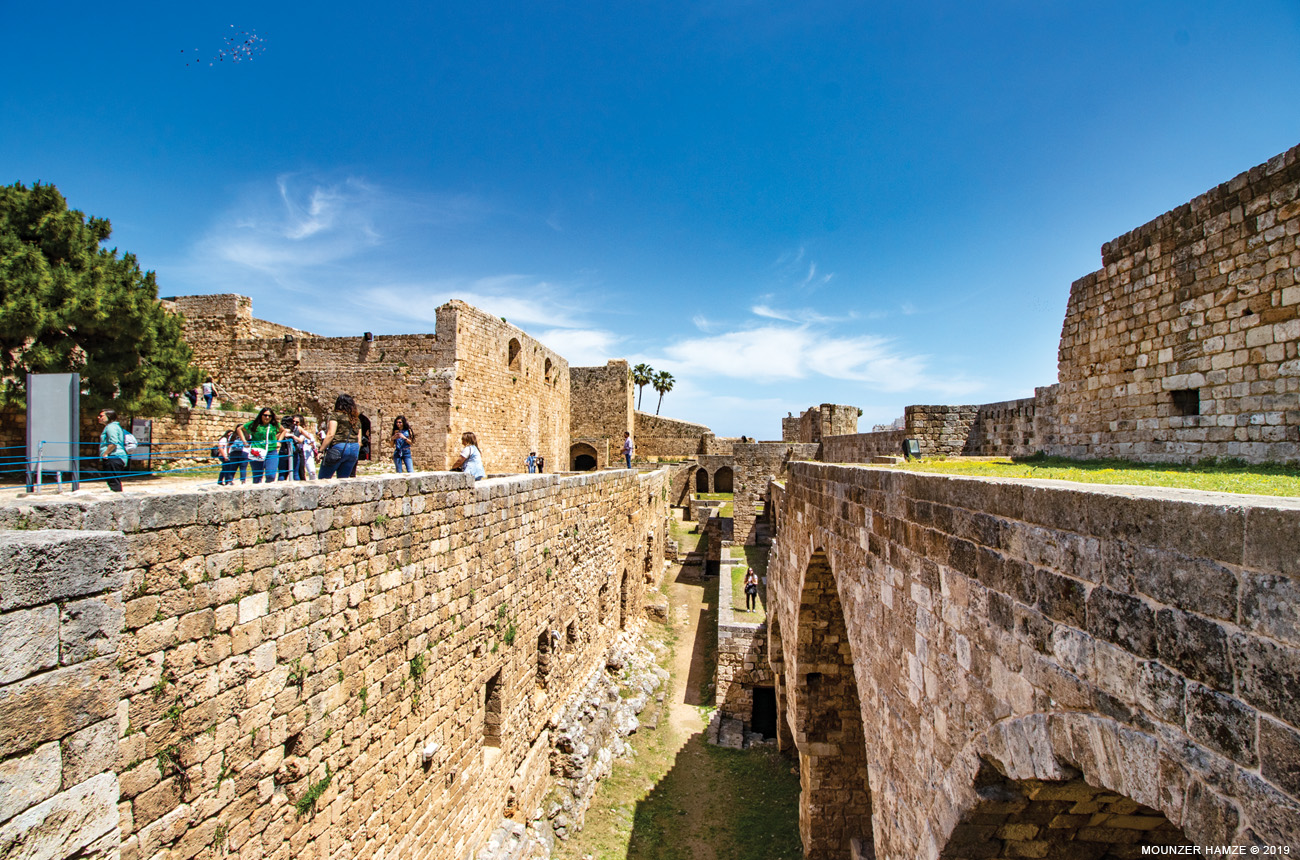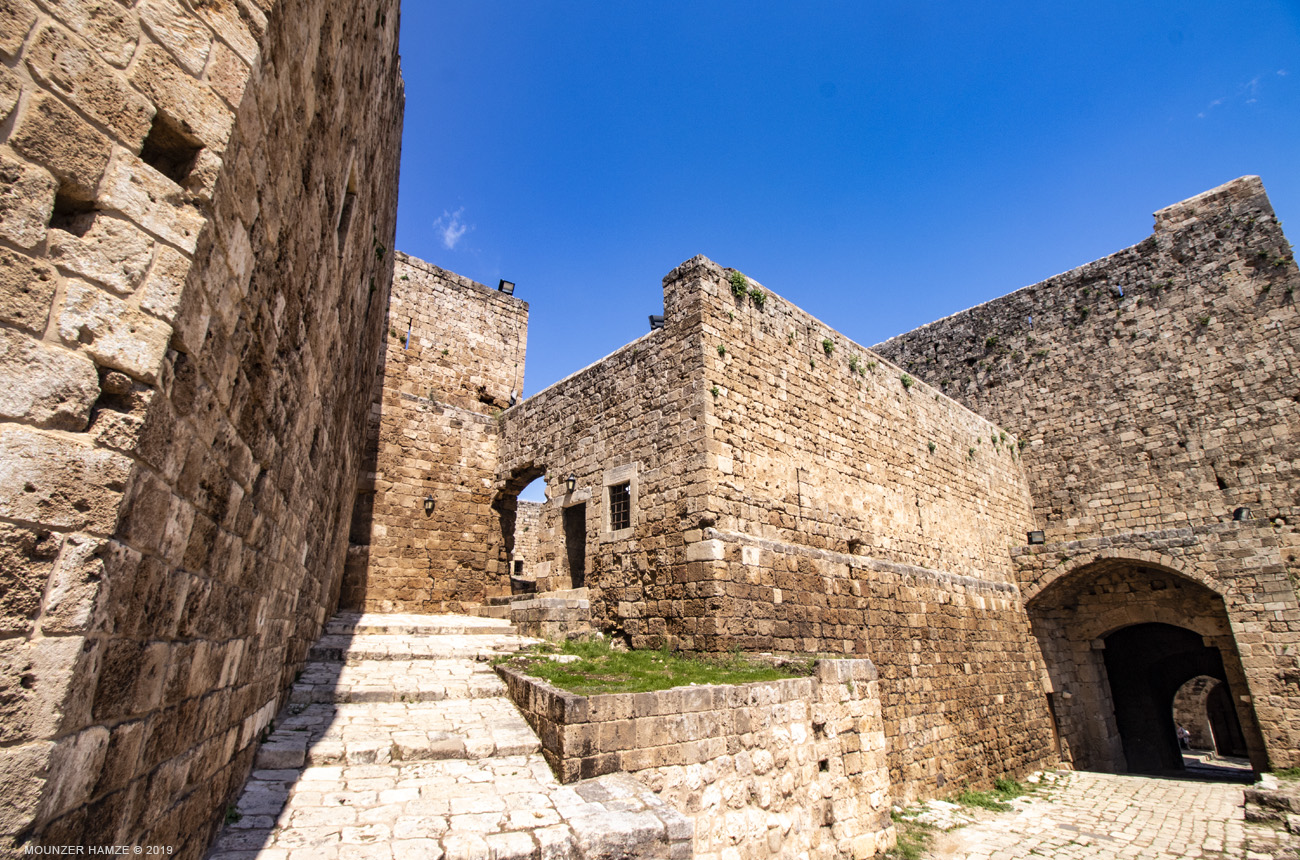The castle of Tripoli is known as the castle of Saint-Gilles as per the crusader’s count of Raymond Saint-Gilles who built it on a high hill for its strategic position that overlooks the river of Abu Ali (Qadisha) and the old city of the port at the sea. Based on historical texts describing a fortress built by Sufian Al-Asdi during his siege on the city of Tripoli during the days of the Rashidun Caliphs, which is located two miles away from the ancient city (the port today, El Mina), the historian Dr. Omar Tadmouri believes that this fortress is situated on the citadel’s site itself. In 1970, the excavations on the site revealed a Fatimid mosque that was buried under Tripoli’s citadel. It included a marble tomb with Quran verses and the names of the twelve imams.
Tripoli has always been a wonderful city that expresses the beauty and charm of the Levant as it is in the “tales of Thousand and One Nights”, so it was always the focus of travelers and painters who beautifully described the city in writing, paintings and photographs.
Crusader’s era
When the crusaders came, Saint-Gilles chose the hilltop (called the Mountain of the Monk) where he erected his citadel at the beginning of the twelfth century AD as a center for his military campaigns and siege of the ancient city of Tripoli, defeated Bani Ammar State and established his kingdom.
Mamluk’s era
During the rule of the Crusaders, the castle remained the center of military campaigning for a long time until the Mamluks seized it and burned it, and then rebuilt it at the beginning of the 14th century under the reign of the city’s governor, Esnemir Korji.
Ottoman’s era
When the Ottomans arrived, they occupied the citadel and it was restored during the reign of Sultan Suleiman the Magnificent. In the following years, the Ottomans have made different renovations and constructions at the citadel, destroying over time the medieval walls and replacing them with holes for their guns. As a consequence, historians believe that little remains only of the original crusader’s structure.
The Citadel of Tripoli is considered one of the oldest, largest, and the most beautiful citadels in the region. It was built with massive sandstone that was available back then in the region. The citadel is rectangular and polygonal, 136 meters long north to south and a width of up to 70 meters on average. The castle consists of two internal and external buildings, includes several trenches, basements and crypts, one of which is said to reach the sea three kilometres away.
The castle has a large main door in the first tower and two small doors below the twelfth and twenty-second towers. The castle contains twenty-five towers, a courtyard, many defensive openings and gun ports, which historians say are over 20. The height of the walls of the castle is between five and nineteen meters. They are very strong, which explains their resistance and resilience in many periods.
Inside the castle there is a large number of ccavities leading to storeys under the citadel grounds, which are said to have been prisons, weapons caches and basements that were connected to some houses scattered on the sides including those connected to the military towers on the shore.
Tripoli Castle museum
The museum was supposed to open in the summer of 1974, but war erupted and the citadel was taken over by gunmen which stopped the project. Historian Dr. Omar Tadmori stated about the museum’s losses: “We lost a wonderful sarcophagus from transparent marble dating back to the Roman era. We also lost most of the paintings decorated with Quranic scripts in Kufic calligraphy from Bani Ammar Era – Princes of Tripoli in the Fatimid period – and a collection of rare paintings inscribed in Latin from the reign of the Franks era who ruled Tripoli for nearly two centuries, as well as paintings bearing royal decrees from the Mamluk era to construct mosques in Tripoli, Ottoman and Garshuni (Syriac alphabet) paintings, a large amount of money that was minted in Tripoli in the successive centuries, Roman, Byzantine, Fatimid, Crusader and Mamluk money and other priceless riches. ” Within the framework of the “Cultural Heritage” project, the Directorate General of Antiquities reopened the museum inside the castle. A center was established to describe the history of the civilizations that passed through northern Lebanon. The Princes’ Hall was prepared and equipped in the upper western part of the citadel to become a museum where exhibitions, collectibles, paintings, coins and artifacts were distributed in eighteen rooms.
